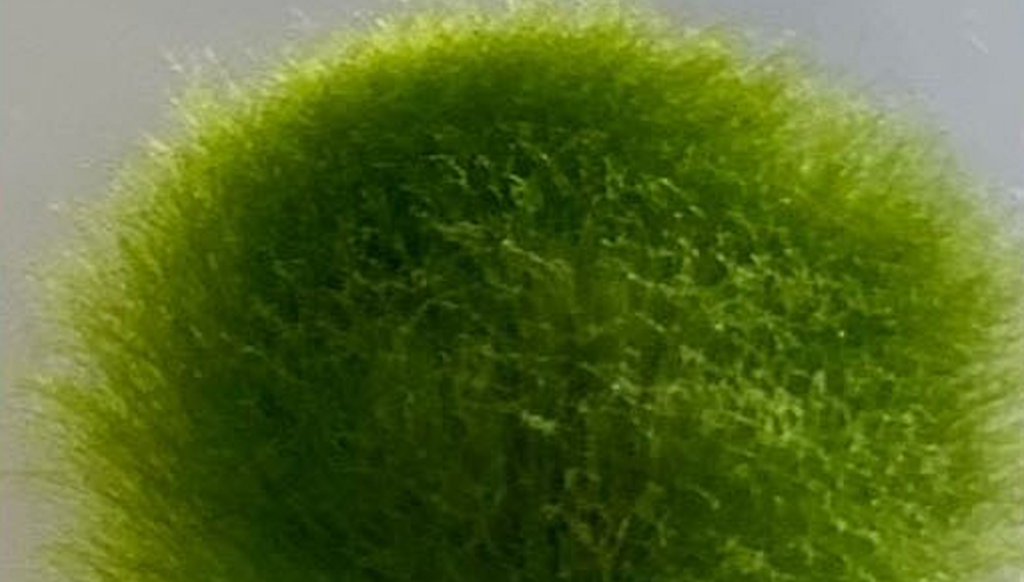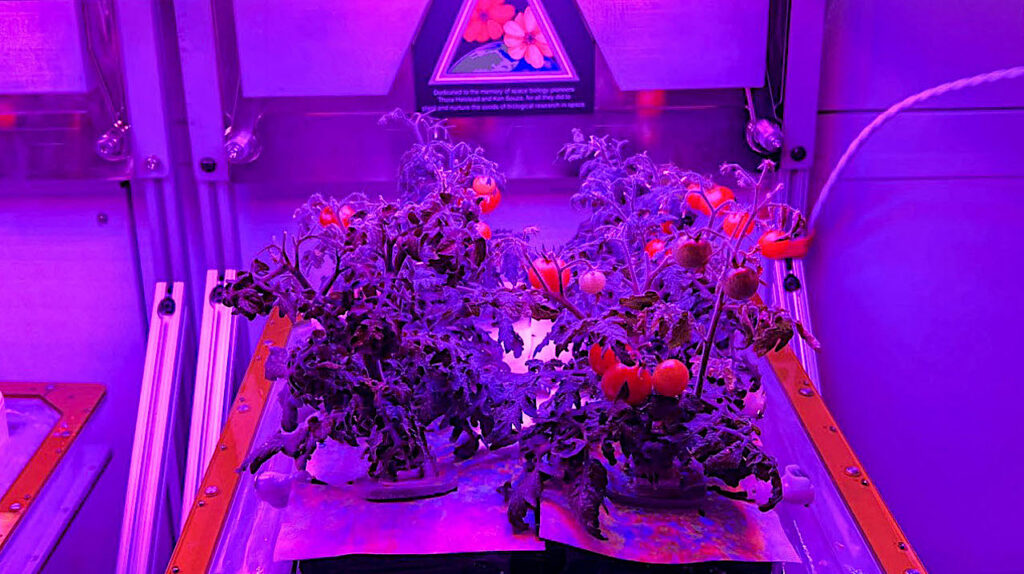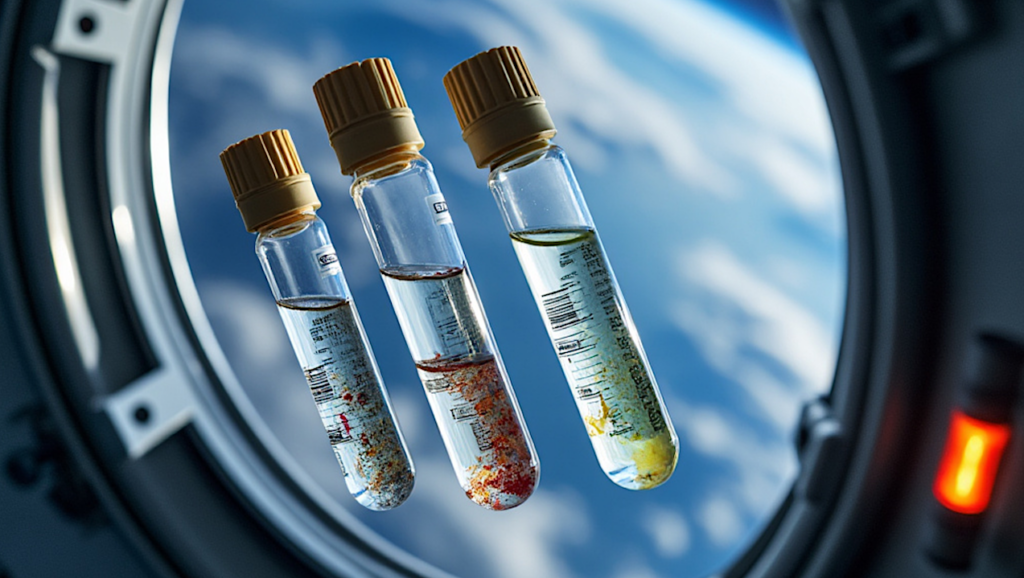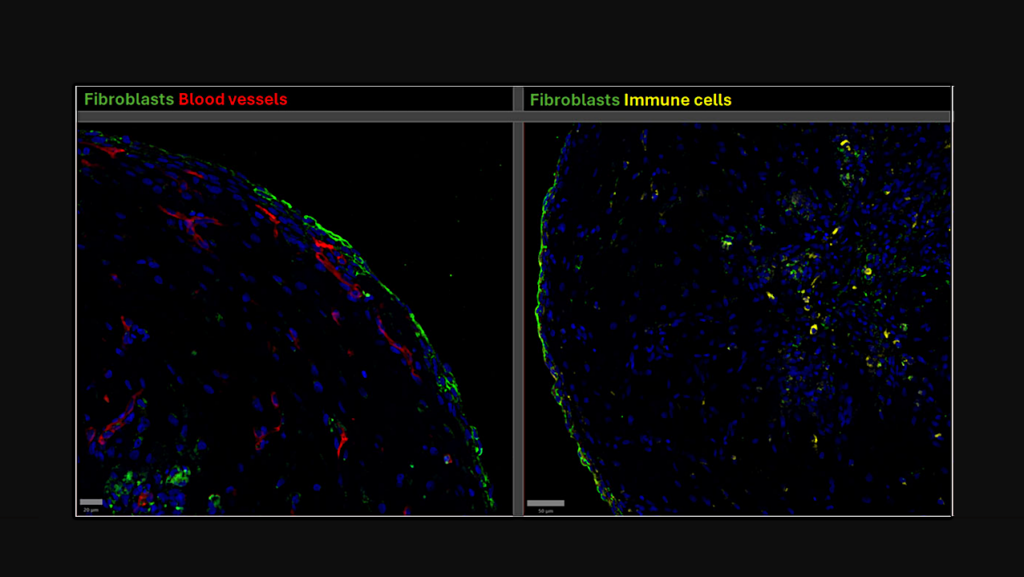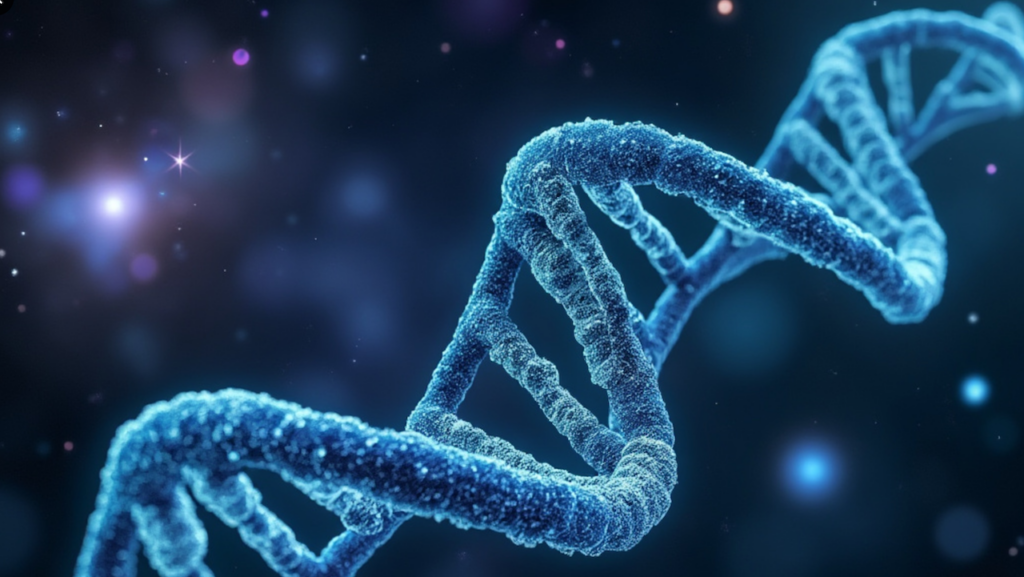NASA Spaceline Current Awareness List #1,125 22 November 2024 (Space Life Science Research Results)
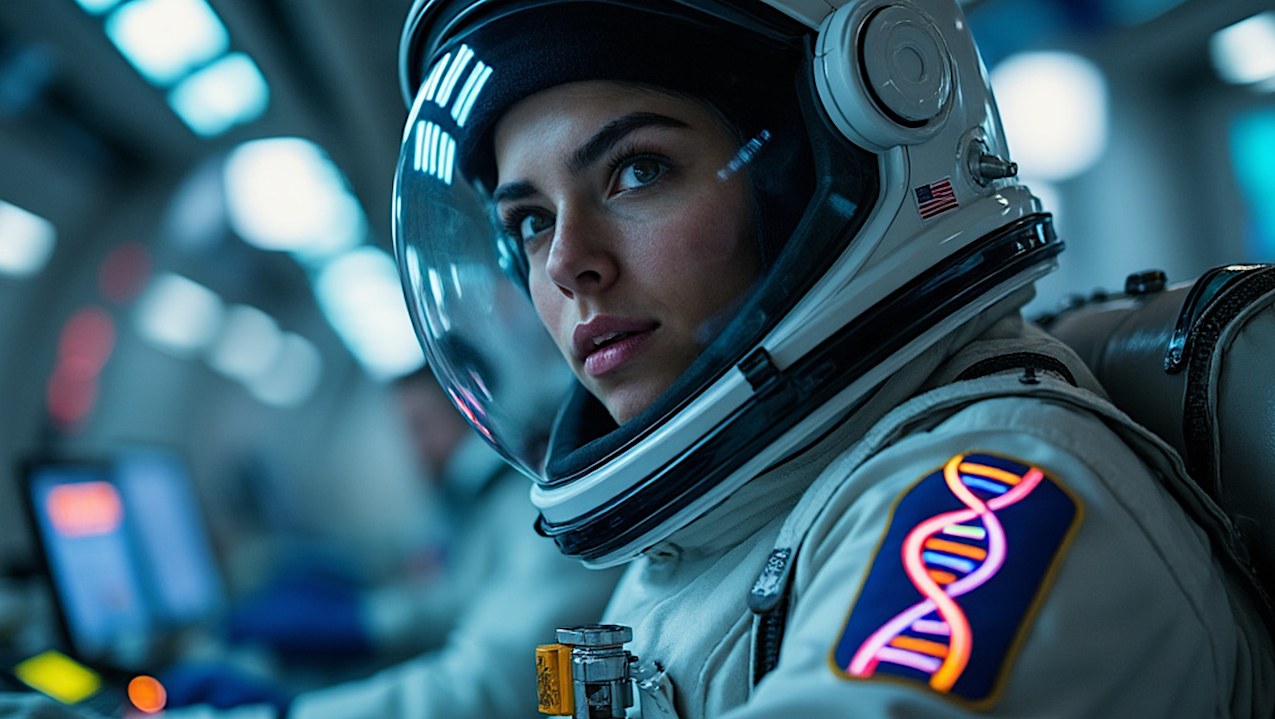
The abstract in PubMed or at the publisher’s site is linked when available and will open in a new window.
Note: Funded by NASA, NSBRI, and NIH, Stone Clear, a space technology developed at the University of Washington (https://apl.uw.edu/project/project.php?id=pushing_stones) along with SonoMotion to help people here on Earth uses ultrasound to reposition stones out of the ureter or kidney recently received FDA clearance. Together with its sister technology – Break Wave – which is still in pivotal trials to break stones in awake patients, these technologies are a countermeasure for the risk of kidney stones in space. Recently, SonoMotion issued a press release that the first device received FDA clearance: https://www.prnewswire.com/news-releases/sonomotion-announces-fda-de-novo-clearance-for-its-stone-clear-device-302303764.html. View images at: https://drive.google.com/drive/folders/1CGA9bIigXTMjkNHOt0TX0vq9Owla9J5P and NIDDK on X at: https://x.com/NIDDKgov/status/1858948614510575827.
Papers deriving from NASA support:
- Dev SI, Khader AM, Begerowski SR, Anderson SR, Clément G, Bell ST.Cognitive performance in ISS astronauts on 6-month low earth orbit missions.Front Physiol. 2024 Nov 19;15:1451269.Note: ISS results. This article is part of Research Topic “Space Physiology and Medicine: Reports and Unique Data Obtained on Small Sample Sizes” (https://www.frontiersin.org/research-topics/58257/space-physiology-and-medicine-reports-and-unique-data-obtained-on-small-sample-sizes#overview). The Research Topic also includes articles from previous Current Awareness Lists #1,077 https://doi.org/10.3389/fphys.2023.1303938 and https://doi.org/10.3389/fphys.2023.1285802; #1,096 https://doi.org/10.3389/fphys.2024.1369788; #1,102 https://doi.org/10.3389/fphys.2024.1374309; #1,104 https://doi.org/10.3389/fphys.2024.1360353; #1,105 https://doi.org/10.3389/fphys.2024.1375929; #1,116 https://doi.org/10.3389/fphys.2024.1417719; and #1,118 https://doi.org/10.3389/fphys.2024.1460131. This article may be obtained online without charge.
Journal Impact Factor: 3.2
Funding: “Research was funded by the National Aeronautics and Space Administration (NASA) Human Research Program Standard Measures Cross-Cutting Project. SID, AMK, SRG, SRA, and GC were supported by KBR’s Human Health and Performance Contract NNJ15HK11B through NASA.” - MacNamara JP, Hearon CM Jr, Manferdelli G, Shah AM, Tayon KG, Pandey A, Sarma S, Levine BD.Heart failure in zero gravity-external constraint and cardiac hemodynamics.JAMA Cardiol. 2024 Nov 16. Online ahead of print.PI: B.D. LevineNote: From the abstract: “This case series study aimed to determine the effect of external constraint on [left ventricular] LV filling pressures in patients with obesity and HFpEF. Pulmonary artery systolic, diastolic, and mean pressures (PASP, PADP, and PAMP, respectively) were measured in 2 patients during transient 0G conditions in parabolic flight.”
Journal Impact Factor: 14.7
Funding: PI reports partial NASA funding. - Gebre SG, Scott RT, Saravia-Butler AM, Lopez DK, Sanders LM, Costes SV.NASA open science data repository: Open science for life in space.Nucleic Acids Res. 2024 Nov 18.Note: This article may be obtained online without charge.
Journal Impact Factor: 16.7
Funding: “NASA Space Biology Program, part of the NASA Biological and Physical Sciences Division within the NASA Science Mission Directorate; NASA Human Research Program. Funding for open access: NASA.”
Other papers of interest:
- Bondarenko VA, Mitrikas VG.[Additional absorbed dose from solar proton events on ISS.]Aviakosm Ekolog Med. 2024;58(5):66-71. Russian.Note: ISS results. From the abstract: “The authors studied the input of protons from solar proton events (SPEs) in the absorbed dose over the entire period of crewed ISS operation. It was shown that as the solar activity decreased, the number of SPEs, power of proton radiation and, consequently, its input in the absorbed dose decreased also.”
- Fomina EV, Romanov PV, Burakova АА, Ganicheva АА, Senatorova NА, Bakhtereva VD, Kokueva МА, Alferova IV, Shushunova TG, Savenko ОА, Kharlamov ММ, Grishin AP, Matveev VP, Vasin AV, Pekarskaya NP, Poliakov AV, Yarmanova EN, Lemeshko EV, Gubkin SV, Tapalsky DV, Vasilevskaya MV.[A new experience in the development of medical support elements for Moon missions in short-term orbital missions.]Aviakosm Ekolog Med. 2024;58(5):5-14. Russian.Note: ISS results. From the abstract: “According to the current research of space exploration missions, the Moon is viewed as a midbase on the way to remote space. This paper presents the results of a pilot study performed in a short-term mission to the ISS. A new experimental experience has been acquired on how to use the preventive effects of (lower body negative pressure) LBNP appropriately for crew training during the acute adaptation to microgravity before landing on the Moon.”
- Kartashov DA, Pavlenko VI, Cherkashina NI, Ivanova OA, Tolochek RV, Shurshakov VA.[Analysis of radiation loads in an ISS crew quarter protected with a composite material.]Aviakosm Ekolog Med. 2024;58(5):60-5. Russian.Note: ISS results.
- Xu K, Wang X, Bai H, Wu G, Zhang W, Zhou J, Zhang P, Zhang X, Peng B, Voelcker NH, Gao F, Li J.A biosensory μvessel-gravity device for advancing vascular analysis in space medicine.Biosens Bioelectron. 2025 Jan 15;268:116923.Note: From the abstract: “Studying vascular responses to microgravity (MG) poses significant challenges in space medicine due to the limitations of conventional cell culture and animal models. To address these challenges, we have developed an innovative biosensory μvessel-gravity device that integrates organ-on-a-chip technology, 3D printing, and a 3D clinostat.”
- Marchal S, Choukér A, Bereiter-Hahn J, Kraus A, Grimm D, Krüger M.Challenges for the human immune system after leaving Earth.npj Microgravity. 2024 Nov 18;10(1):106. Review.Note: This article may be obtained online without charge.
- Nakagaki R, Mukaibo T, Monir A, Gao X, Munemasa T, Nodai T, Tamura A, Obikane YH, Kondo Y, Masaki C, Hosokawa R.Simulated microgravity environment inhibits matrix mineralization during the osteoblast to osteocyte differentiation.Biochem Biophys Res Commun. 2024 Dec 20;739:150963.Note: A 3D clinostat was used in this study.
- Yakubets DA, Markina ЕА, Buravkova LB.[Differential gene expression of adhesion molecules and intercellular interaction in bone marrow microexplants under simulated microgravity.]Aviakosm Ekolog Med. 2024;58(5):72-7. Russian.
- Al-Shargie F, Tariq U, Al-Ameri S, Al-Hammadi A, Vladimirovna SD, Al-Nashash H.Assessment of brain function after 240 days confinement using functional near infrared spectroscopy.IEEE Open J Eng Med Biol. 2024 Nov 12;6:54-60.Note: From the article: “Five healthy right-handed volunteers (mean age 34 ± 2, 5 years) were selected for a 240-days mission (from November 4, 2021, to July 3, 2022) to carry out a simulation of a crewed mission to the Moon, operations in the Lunar orbit and extravehicular activities organized by the Institute for Biomedical Problems (IBMP), and NASA’S Human Research Program.” This article may be obtained online without charge.
- Burchett A, Siri S, Li J, Lu X, Datta M.Novel 3-D macrophage spheroid model reveals reciprocal regulation of immunomechanical stress and mechano-immunological response.Cell Mol Bioeng. 2024 Oct 14;17(5):329-44.Note: This article may be obtained online without charge.
- Burgan J, Rahmati M, Lee M, Saiz AM.Innate immune response to bone fracture healing.Bone. 2025 Jan;190:117327. Review.
- Dai Z, Zhang H, Sui X, Wu F, Zhang C, Fan Z, Wang H, Guo Y, Yang C, Jiang S, Wang L, Xin B, Li Y.Analysis of physiological and biochemical changes and metabolic shifts during 21-Day fasting hypometabolism.Sci Rep. 2024 Nov 18;14(1):28550.Note: From the abstract: “… Prolonged fasting can reduce the body’s resting energy expenditure and adapt to body weight loss through physiological regulatory mechanisms without adverse effects on basic physiological functions or the structure of important organs. Under medical supervision, healthy adults can safely engage in prolonged fasting for up to 21 days with metabolic adaption and no damage to pivotal organ, which could provide potential technical support for human health and survival strategies in extreme conditions such as food shortages during long-duration crewed spaceflight.” This article may be obtained online without charge.
- Astafyeva SN, Zaripov RN, Mikhailovskaya AN, Dyachenko AI.[Study of the ventilation function of the human lungs with the methods of respiratory acoustics during 5-day female dry immersion.]Aviakosm Ekolog Med. 2024;58(5):32-8. Russian.
- Louwies T, De Boever P, Hasso R, Tremblay MF, Xu D, Blaber AP, Goswami N.Retinal blood vessel diameter changes with 60-day head-down bedrest are unaffected by antioxidant nutritional cocktail.npj Microgravity. 2024 Nov 15;10(1):105.Note: Head-down bedrest studies. From the abstract: “Long-term human spaceflight can lead to cardiovascular deconditioning, but little is known about how weightlessness affects microcirculation. In this study, we examined how the retinal microvessels and cerebrovascular regulation of 19 healthy male participants responded to long-term head-down bedrest (HDBR), an earth-based analog for weightlessness.” This article may be obtained online without charge.
- Borovik AS, Pavlova ЕА, Zhediaev RY, Rukavishnikov IV, Tarasova OS, Vinogradova OL.[Change in the phase relationship of the arterial pressure and heart rate oscillations during orthostasis: The effect of gravitational unloading.]Aviakosm Ekolog Med. 2024;58(5):25-31. Russian.
- Fialkina SV, Osipova PD, Vasin AL, Lebedev VM, Spassky AV, Buravkov SV, Poddubko SV, Orlov OI.[Effect of hypomagnetic field on the nature of growth and morphology of cells of bacteria Bacillus.]Aviakosm Ekolog Med. 2024;58(5):89-99. Russian.
- Zhong S, Zheng L, Wu Y, Sun S, Luo Q, Song G, Lü D, Long M.Rotating culture regulates the formation of HepaRG-derived liver organoids via YAP translocation.BMC Biol. 2024 Nov 15;22(1):262.Note: From the abstract: “Long-term human spaceflight can lead to cardiovascular deconditioning, but little is known about how weightlessness affects microcirculation. In this study, we examined how the retinal microvessels and cerebrovascular regulation of 19 healthy male participants responded to long-term head-down bedrest (HDBR), an earth-based analog for weightlessness.” This article may be obtained online without charge.
Astrobiology, space biology, space medicine, microgravity,


